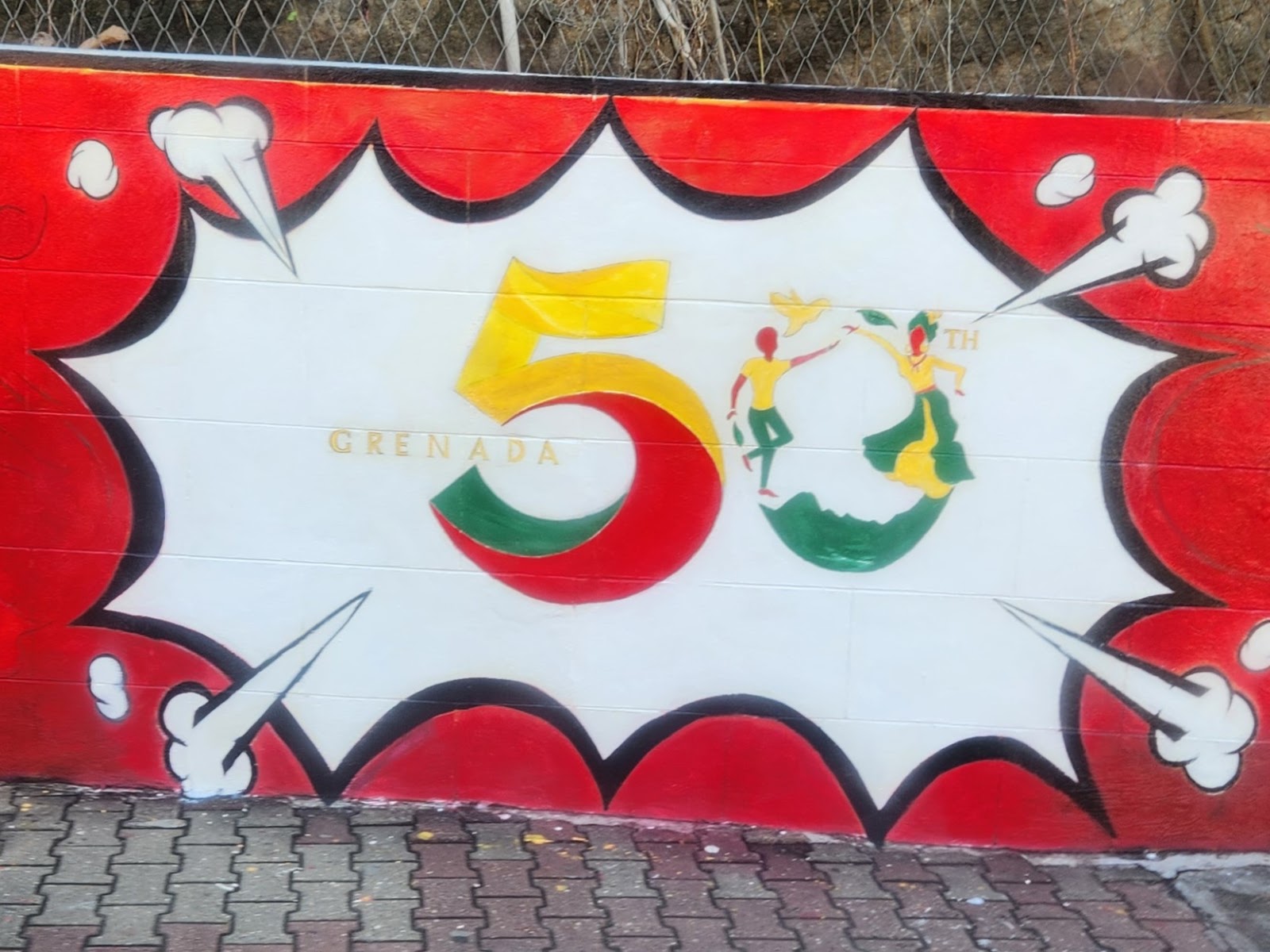Luderitz, Namibia - Wild horses can't drag me there!
Luderitz, Namibia
Namibia, as desolate and barren a land that I have ever seen. And I don’t mean that as bad. It has a beauty in its own way. Almost the entire western side of Namibia is breathtakingly stark, barren and empty. The Namib desert is in constant struggle with the ocean along a 2000-kilometer stretch.
No one knows exactly the origin of these horses. Speculation has it that they are descended from riding and cavalry horses of the Kubub stud and breeding farm abandoned after WWI.
The herd numbers from about 90 to 130 horses as conditions allow. A couple good rainy seasons and the numbers grow but that cannot be sustained during the dry seasons. Their main predator is the hyena and the constant search for sustainable grass.
The Wild Horse Foundation and other charitable organizations have worked together to help supply and support the well being of these horses but like everything else it comes down to money. The Namibia government wants to protect these last feral desert horses, but Namibia is one of the poorest nations in the world and they don’t really have money to spend on horses, when their people need so much themselves.
A permanent watering hole has been constructed and water is being pumped in from the mountains. This watering hole is shared with ostriches and onyxes and any other animal in the area. Some grass is brought in but it is never enough.
In order to “showcase” the plight of these horses, a small open pavilion has been built to be able to have tours like ours come out and see the conditions and hopefully educate folks about what can be done to make a difference here. This has also become a meeting point for these horses and while they are feral you can get a hand on some of them as they are now more used to humans being around. These horses will most likely remain viable, but it is a constant struggle. This is definitely not ideal horse country.
Heading back to town, we stopped at the abandoned ghost town of Kolmanskop. Back in the 20’s and 30’s this was the richest diamond field ever found. Diamonds were sitting on top of the ground for the taking. Extensive mining depleted the area by the 1930’s and most people just left everything and abandoned the area.
We didn’t get to go to the town, we saw it from the road,
but diamonds are still be found and as this is an alluvial range, the coastal
areas are being dredged looking for those rocks that made there way down to the
sea over the millennium. And now large
oil deposits have been found off the coast of Namibia which will be a blessing
to some and a curse to others.
There really wasn’t much more to see in this first stop of two in Namibia. Like I said, the landscape does not lend itself to support or sustain life away from the coastal cities. If you like miles and miles of sand, mountain, rock and heat then this is the place you want to be. Even the pictures are hot.
Off to our next stop which is Walvis Bay, also in Namibia, and also along the Skeleton Coast. Let’s go see what it has to offer.

























Comments
Post a Comment